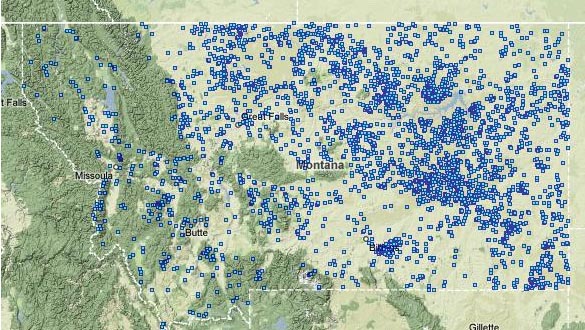The USACE National Levee Database can be used to identify areas behind levee systems in the PL84-99 program. |
 |
The National Inventory of Dams consists of dams meeting at least one of the following criteria; high hazard classification - loss of one human life is likely if the dam fails; significant hazard classification - possible loss of human life and likely significant property or environmental destruction; equal or exceed 25 feet in height and exceed 15 acre-feet in storage; equal or exceed 50 acre-feet storage and exceed 6 feet in height. This inventory includes nearly 3,000 dams in the state of Montana. |
 |
The FEMA Flood Map Service Center is the official public source for flood hazard information produced in support of the National Flood Insurance Program (NFIP). Use the map service center to find official flood maps, access other flood hazard products, and tools to better understand flood risk. |
 |